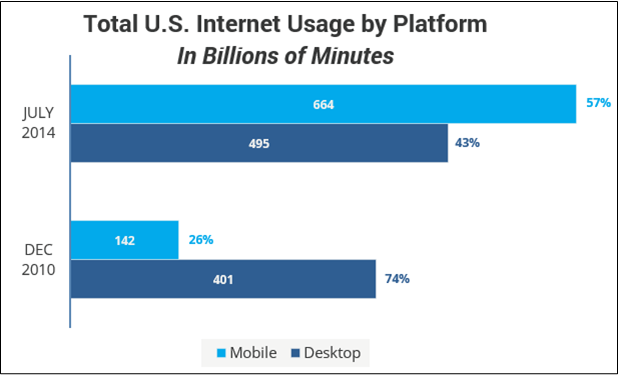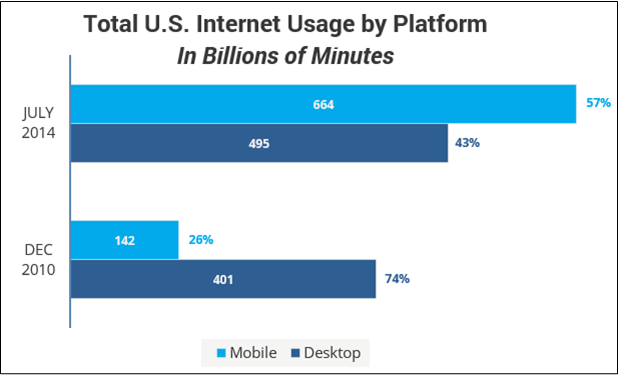Do you use a smart phone? Read restaurant reviews on Yelp? Search for things on Google? Of course you do. Today, Google, mobile devices, and reputation sites are just part of your day. But 15 years ago, smartphones and reputation sites didn’t even exist, and Google was still largely unknown. Unfortunately, the recruiting practices at most organizations are trapped in a time warp. Most HR teams recruit about the same way they did in 1999. But these now-familiar technologies have fundamentally changed your behavior…and the behavior of your current and future employees.
Here are a few examples of how recruiting practices grew obsolete:
1) Not understanding where people look for jobs.
The pool of qualified candidates you’d like to recruit is considerably larger than the people you actually reach with your job advertising. Studies show that 77% of people are “open to opportunity” for a new position (the others couldn’t be dynamited out of their position no matter how much you try.)
But job advertising does not reach everyone who is open to a new opportunity. Only 12% of your potential future employees actively look at and respond to job ads, and their individual behavior varies widely. Some people only look on one job board, and others might rely only on jobs they see on their smartphone apps.
If your ad posting strategy does not account for the new places candidates look and the new ways people search for jobs, your ad will not be seen. So go where the people are – Google. Search for the title of the open job and your city. See where the top 5-10 job ads are listed. Then post on at least one of those job boards.
2) Ignoring the mobile candidate.
People are on their phones more than ever. According to Comscore, smartphone usage alone now exceeds total internet usage 4 years ago. Likewise, more than half the traffic on career sites is from people using mobile devices. If you don’t make it easy to apply to your job from a smartphone, you will fail to reach a huge number of candidates, including the best candidates – who are otherwise too busy to apply to jobs with long, involved application processes.
One of the easiest features to add to your hiring process is the Easy Apply feature, which most of the job-search apps have for mobile users. By letting someone click a button and send in everything they need to complete an application, you might get a few resumes you don’t want, but you’ll also get more resumes from qualified people.
3) Not understanding how reputation sites affect your recruiting results.
Reputation sites like Glassdoor are powerful tools for job seekers. They provide insight into how a organization works, the issues they might experience, and whether or not upper management respects the work being done.
So there’s a fear that poor Glassdoor reviews will also cause poor recruiting results. If multiple people hate the organization on Glassdoor, why would a qualified candidate who has done their research waste their time applying?
The good news is that bad Glassdoor reviews don’t doom your recruiting results. But they do affect how many people return for the 2nd interview, and the types of people who will accept your job offers. You can improve your recruiting process by spending less time worrying about your online reviews…and spending more time fixing the problems they raised.

